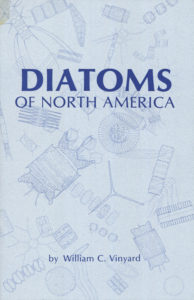Book: Insect Microscopy
A great book for beginner users of the Microscope
The focus of this book is on the study of insects with a microscope. The book contains colour pictures on almost every page. It is interesting to read. It contains plenty of reference information too.
The study of insects is an easily accessible focus of interest for a micro-naturalist. Most of the techniques that the author presents and explains are directly applicable to the study of any microscopic organism. Insects can be found everywhere even if you live in the center of a large city. Insects present endless possibilities for study under a microscope too. Even if you already have some experience with microscopes, or if you are a new entrant to the hobby, this is an excellent book to own and use.
This is a great book for beginners to the hobby use of the microscope. It presents the details of modern microscope techniques and procedures.
The Book Cover
What’s in the Book?
The book contains chapters devoted to equipment, microscopes, media for mounting, compounds and chemicals, slide mounting and publishing your work. Clearly ‘citizen science’ was on his mind when he wrote this book.
Publisher information
Author Andrew Chick is an entomologist (he studies insects) and teaches at the University of Lincoln in the UK.You will find this book through online booksellers. It was published in 2016 by The Crowood Press ISBN 978-1-78500-201-4 128 pages. It is paper bound.




























